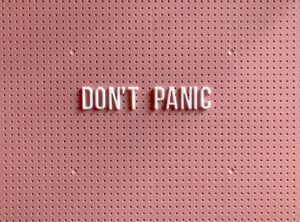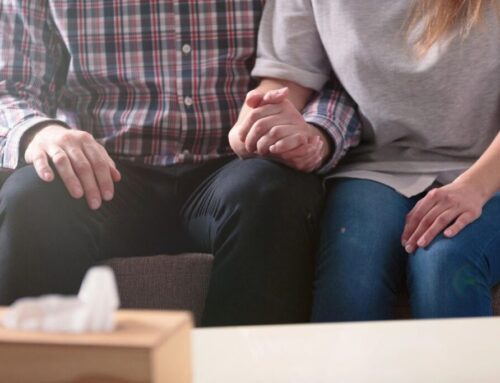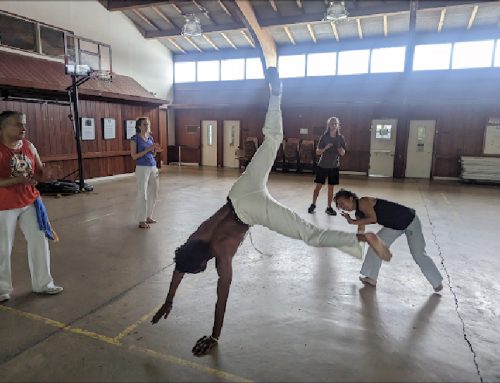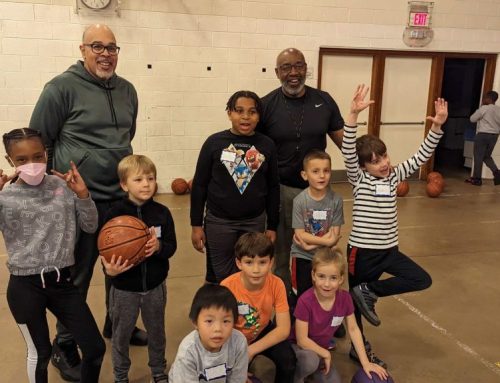 Tools to Reduce Anxiety & Stress
Tools to Reduce Anxiety & Stress
By Wanda Sevey, Therapist, The New Directions Center
Everyone needs an inner toolbox to manage the anxiety and stress we’re experiencing these days. The New Directions Center is reaching out to help you add strategies to your inner emotional toolbox
The first skill we need to reduce stress is learning to breathe in a way that relaxes our bodies. When our bodies relax, our mind and emotions will follow. You can do these breathing techniques while sitting, standing or lying down.
Slow,Deep Breathing
When we’re not focused on our breathing, it’s not unusual for many of us to take shallow breaths using mostly our chest muscles. Our chest rises, our throat muscles tighten and we fill the tops of our lungs first. Remember the last time you felt anxious or afraid? Your breath probably became quick and even more shallow. Then your heart starts to race and you feel flooded with tension. Focusing on our breath and taking slow, deep breaths helps shifts our nervous system from ‘fight or flight’ to “relax and rest.” Here’s how to engage your body’s natural relaxation response:
- Place one hand on your heart and the other on your abdomen
- If your shoulders are hunched up near your ears relax them and let them fall.
- Breathe in through your nose and feel your hand over your abdomen rise slightly as your lungs fill with oxygen from the bottom up.
- Breathe out through your mouth and notice that your abdomen falls.
- Repeat slowly several times and notice the calming effect on your body.
Square or Box Breathing
Using slow, deep breathing:
- As you inhale through your nose count to 4.
- Hold your breath for 4 counts.
- Breath out through your mouth for 4
- Hold for 4 counts.
- Repeat several times.
When using Square Breathing, some people find it useful to look around their environment and find something shaped like a square (a picture, a window or even a building) to help anchor their breathing. Focusing your eyes on one corner of the square, move your eyes along the sides of the square as you breath and count. Another strategy is to draw an imaginary square on your open palm as you breathe.
Create A Safe, Calm Place
“Safe, Calm Place” is a self-care strategy for your internal took kit. You can think of a “Safe, Calm Place ” as an emotional safe place where a you can internally go to recover stability when feeling stressed. Once you have successfully learned to create “safe, calm place,” you can use it in your everyday life when you feel stressed or anxious.
- Take several slow, deep breaths
- Recall a place you have been or imagine a place in your mind that feels safe and where you can feel calm and at peace. It could be at a lake, a beach, the mountains or a room. Choose a place where you are alone and where nothing negative has happened to you.
- Look around your safe, calm place and notice what you are seeing and hearing. Do you have a sense of a breeze on your skin? Or the warming sensation of the sun? Do you hear birds or water or wind? Is there a smell of a pine forest or a salty sea breeze?
- As you bring up the picture of this place, notice the peace you feel and the pleasant sensations you are experiencing.
- Think of a word that reminds you of this place and know that you can visit this safe place whenever you need a sense of peace and calm. (adapted from Shapiro,F.(2001).Eye Movement Densisitization and Reprocessing: Basic Principles, Protocols and Procedures. New York: The Guilford Press
To Schedule a 20 Minute Online Conversation to Learn These Skills
Contact Wanda Sevey at the New Directions Center.





